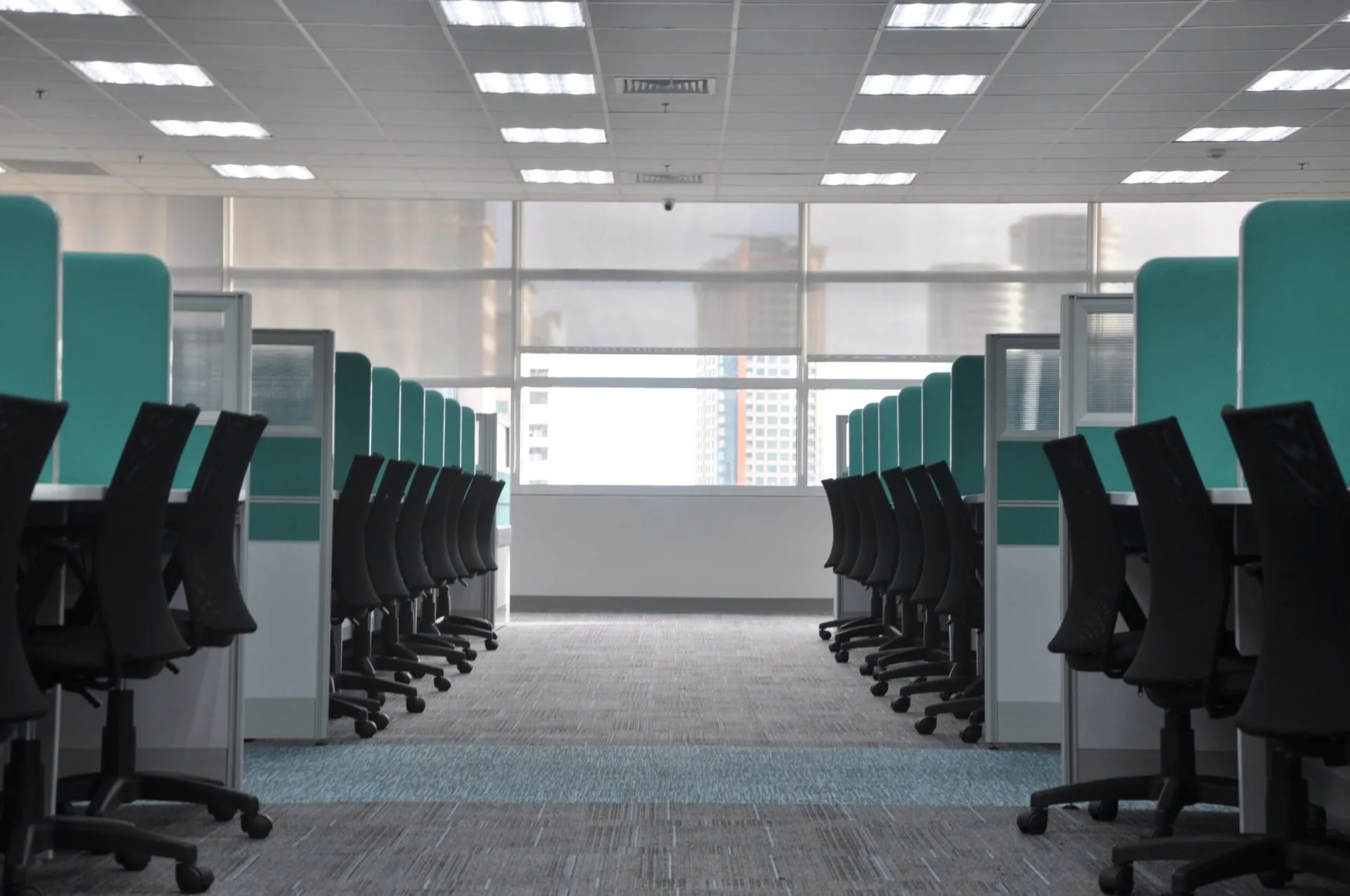
The value of CCTV for monitoring employees in the workplace
Avoiding perspectives that cloud workplace CCTV
For some, monitoring the workplace with CCTV may be a controversial topic. There is always the potential for any discussion to become clouded by privacy issues and other negative perspectives. In work environments where the ‘shop floor’ state of mind is found it may be interpreted as a tool to be used solely for disciplinary matters.
Inevitably allowing the topic to become framed in a negative way may damage morale and impact the relationship between employees and management. However, there are many benefits for introducing CCTV monitoring to the working environment. Focusing on these positives helps to ensure the dialogue with the workforce remains balanced.
The benefits of CCTV workplace monitoring
- Health & Safety
To some it’s red tape; others use it as an excuse to skive; however H&S is a serious matter and for supporting compliance, and even defending H&S enforcement action, CCTV is an invaluable tool
- Accidents and establishing liability
Inevitably, despite H&S measures, accidents happen; from office environments to industrial sites, injury in the workplace raises issues, such as personal injury liability, that might only be correctly resolved with CCTV images
- Identifying training issues
Incorrect or inappropriate practice may create issues in a number of areas such as H&S or customer service; CCTV identifies poor practice, enabling employees with training requirements to receive necessary instruction
Be sure of compliance for CCTV workplace monitoring with iC2
iC2 possesses expertise in all aspects of CCTV, from consultancy, design and installation to maintenance and ongoing management. Our security expertise is underpinned by our NSI accreditation and our commitment to quality by our ISO9000 credentials. We advise clients and deliver all systems in line with the compliance requirements of the ICO/DPA guidelines.
CCTV and other monitoring of employee activity in the workplace is governed by the Human Rights Act. Generally CCTV installed in plain sight with appropriate signage is acceptable. Covert monitoring may only be acceptable in exceptional cases involving criminal activity or serious professional malpractice. In all cases, organisations need to exercise care in who views the images and how they are used.
It is worth remembering compliance is often open to interpretation given the circumstances of individual cases. The ICO/DPA rules on the use of personally identifiable data also need to be considered.
For specific guidance, or to find out more about commercial security systems in general, simply contact us.
Image Source: Unsplash



